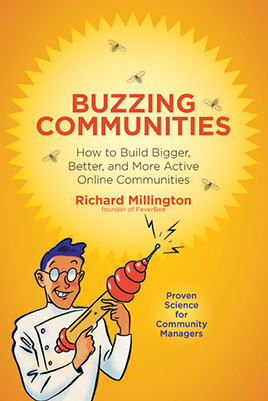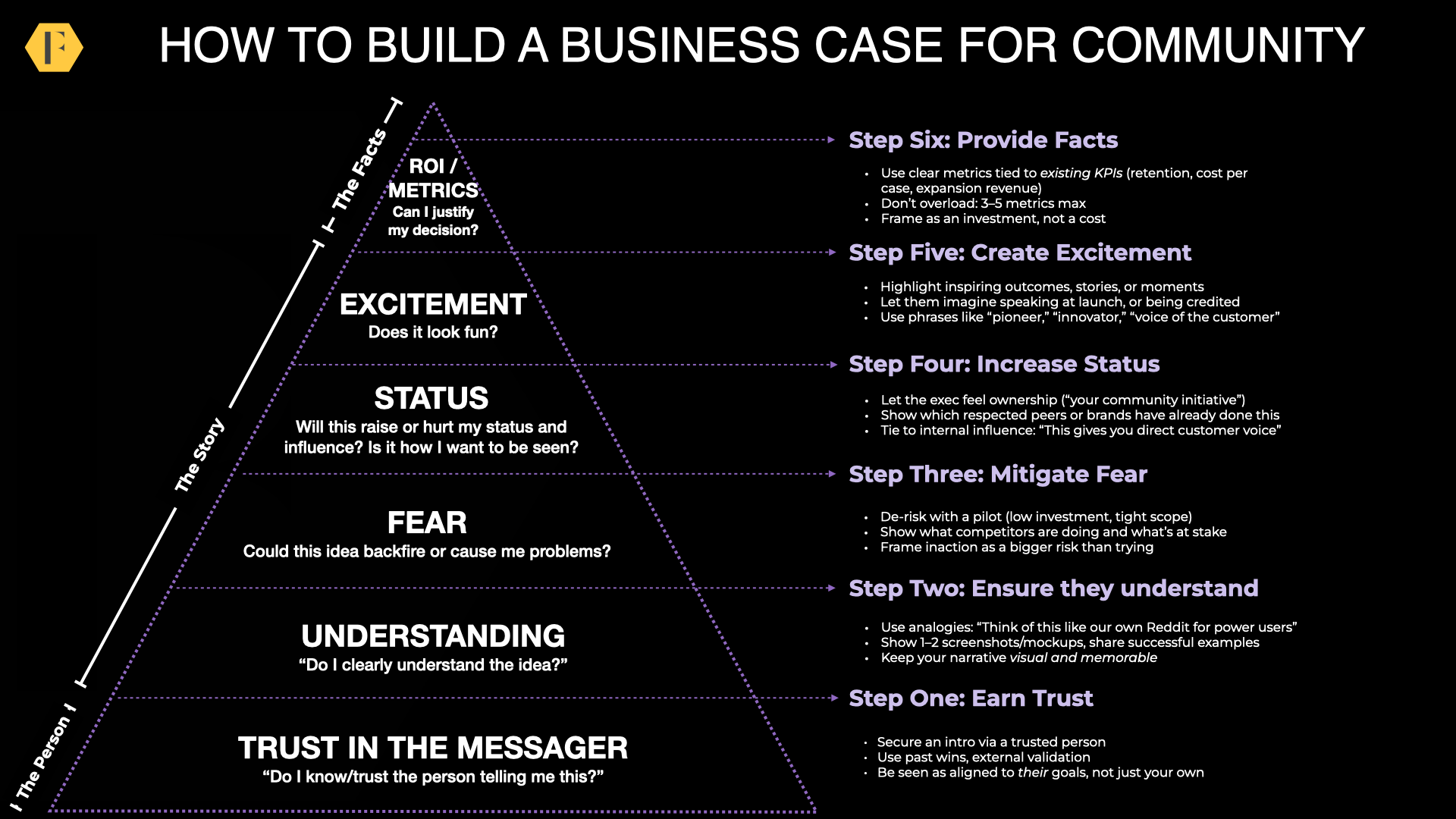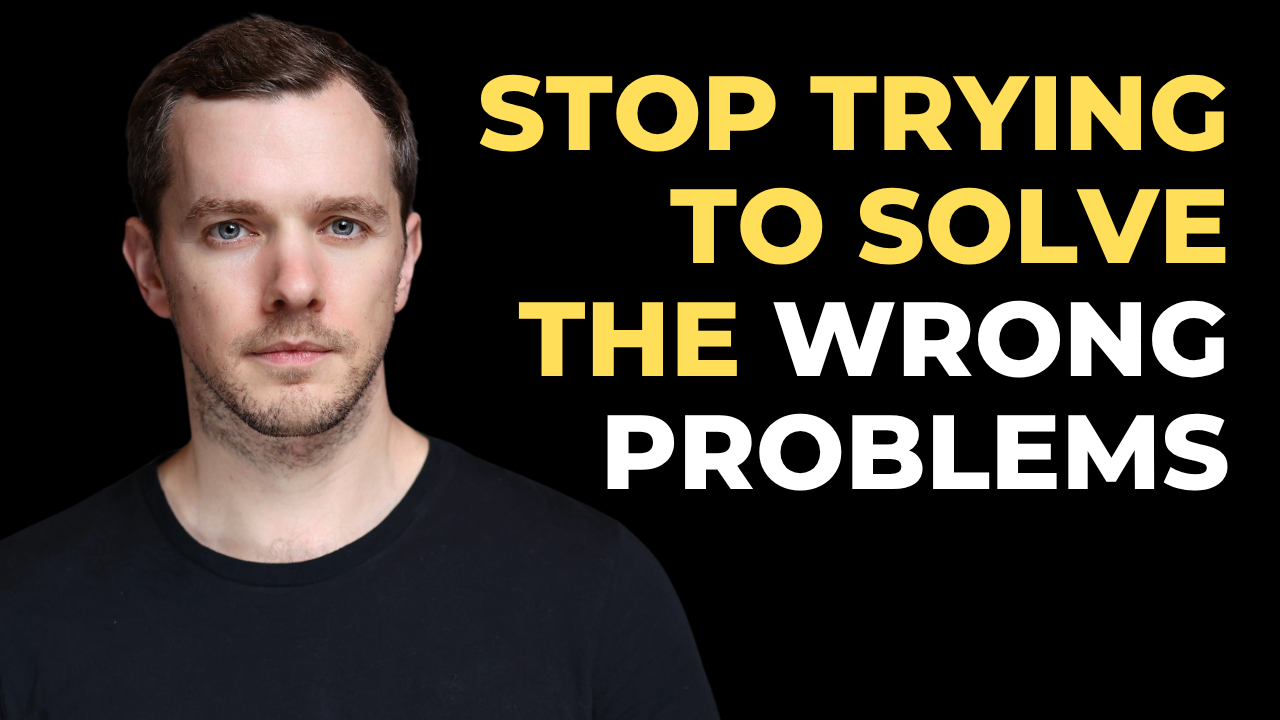If you’ve spent a bunch of time and money on a community platform, it seems logical to get all your different audiences there.
When everything is in one place, you can easily measure things like participation, link member accounts, and create/track the entire journey customers or members have.
But there’s a problem.
You might not be dealing with just two different groups, but often two different cultures. Forcing them to use the same platform – especially a platform which is more difficult to use and not in the flow of their daily routine – is going to prove difficult. It might even prove antagonistic.
There’s a reason, for example, many companies host developer communities on a completely different platform (often Discourse or Slack) from their main customer community. The group has a completely different culture. They often want privacy and separation from customers. They don’t want to click on a ‘developer’ tab within a bigger community. They want a place just to themselves.
My advice would be to host audiences on the same platform if you can, but don’t try to force it. You can easily push people out of your ecosystem doing that. It’s far better to be where they are, support them however they need that support, and accept that it’s going to be a little messy – but it works.





